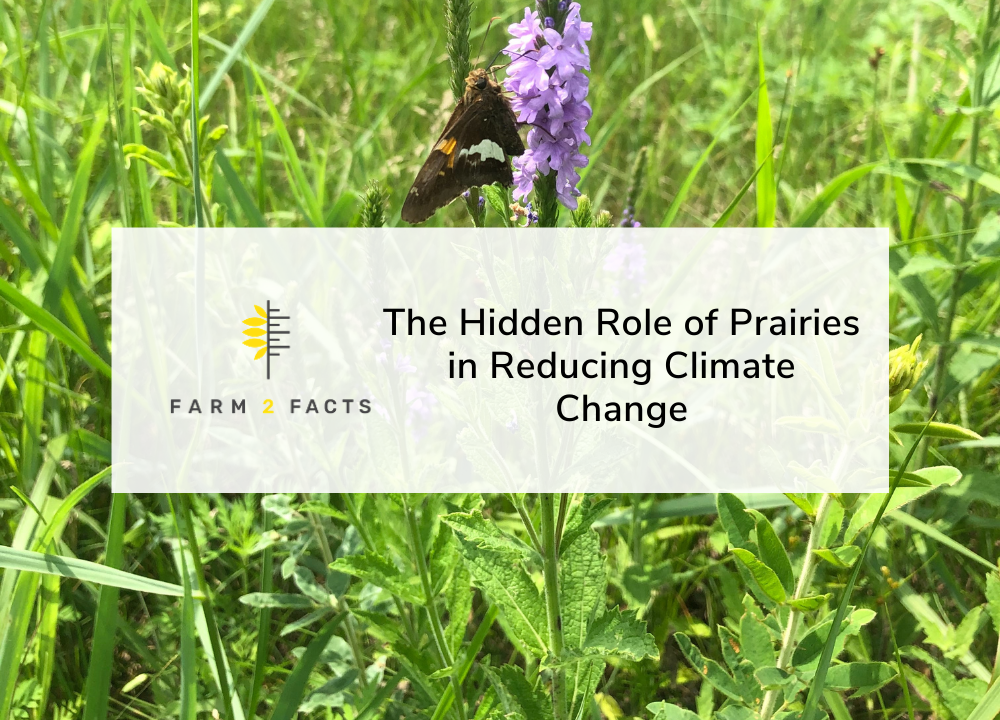
Taking reusable bags to the grocery store, turning off the lights when you leave a room, recycling; these types of simple environmental actions are built into many people’s everyday routines. They’re small steps we take to effectively leave a smaller carbon footprint as individuals. However, farmers have the opportunity to make environmental change on a much larger scale.
Forty percent of the land on Earth has been transformed for agricultural use. The Midwestern United States, known for its fields of cows, soybeans, corn, and potatoes, used to mostly be prairies. Prairie plants were the dominant plant community in the region before Euro-American settlement in the mid-19th century. The introduction of monoculture and large-scale conventional farming drastically changed the natural landscape worldwide, and led to a decrease of carbon sequestration in the soil. When carbon isn’t stored in soil, it gets released into the atmosphere and causes what is called the “greenhouse effect”: the gases trap heat in Earth’s atmosphere, causing pollution and, ultimately, climate change.
However, not all farming leads to carbon emissions. As referenced in a previous blog from Farm 2 Facts, farms can act as either carbon sources, or carbon sinks (meaning that farms can sequester the atmospheric carbon)!
In particular, several recent studies have shown that planting strips of native prairie plants throughout farmland is a very powerful method to make a positive environmental impact. Prairie strips sequester carbon, increase biodiversity, decrease water runoff, and increase soil and nutrient retention. They also increase bird and pollinator abundance, such as bees and butterflies! A 2017 study where farmers incorporated four meter wide prairie strips in corn and soybean fields in the Midwest found that replacing 10% of cropland with prairie strips increased biodiversity by ~threefold and boosted ecosystem services, such as retaining 20 times more soil and ~four times more phosphorus, with minimal impacts on crop production.
Integrating prairie strips to farmlands is an amazing low-cost option to create environmental change and support the local ecosystem. Not to mention, it’s not a bad view when rows of crops are interspersed with native wildflowers with bees buzzing and butterflies flying about the fields!
If you are a farmer interested in quantifying environmentally friendly methods on your farm or know a farmer who might be interested in helping to spread the word about their work to support a healthy ecosystem, then stay tuned for Farm 2 Facts’ new Ecosystem Services Toolkit! We are currently developing this toolkit so you can enter data on your farm, and we’ll provide you with a personalized report quantifying your carbon emissions/retention, as well as provide pointers on how to integrate or improve your current environmental efforts.
